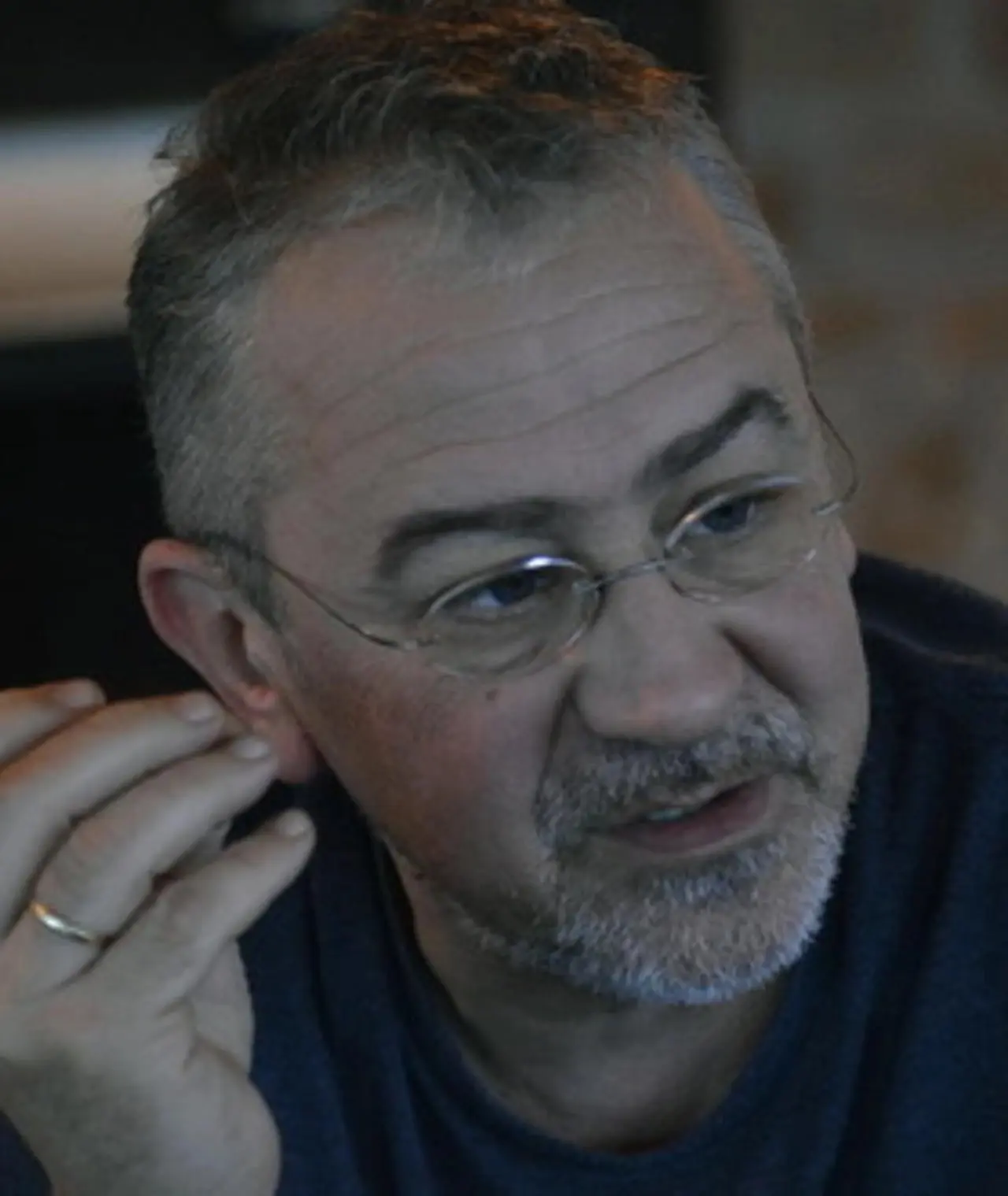Learn how 3D modeling and animation create stunning AAA games. Expert insights on techniques, tools, and why quality art matters for game success.
Table of Contents
In the fast-paced world of video games, creating visually stunning and immersive experiences has become a central goal for developers. One of the most critical components behind this effort is 3D modeling and animation.
These disciplines not only define a game's visual identity but also influence gameplay, storytelling, and player engagement.
For many top-tier projects, collaborating with a specialized aaa game art studio ensures the highest quality standards are met, from realistic character designs to expansive environments.
The Role of 3D Modeling in Modern Gaming
3D modeling is the process of creating three-dimensional representations of characters, objects, and environments. In AAA game development, this step is far more than a technical requirement—it is a core creative endeavor.
Skilled modelers translate conceptual sketches into digital assets that are both functional in gameplay and visually compelling. The intricacy of these models can determine how immersive a player’s experience feels, from the subtle textures of a character’s clothing to the expansive architecture of a fantasy city.
Modern 3D modeling tools allow artists to work with unprecedented detail. Techniques such as sculpting, procedural generation, and photogrammetry enable studios to produce assets that were once impossible to create within tight production timelines. For AAA games, this often means teams can achieve cinematic-quality visuals without compromising performance on consumer hardware.
One significant advantage of working with a dedicated aaa game art studio is the ability to integrate these high-quality models seamlessly into the game engine. Such studios specialize in balancing artistic ambition with technical feasibility, ensuring that complex models do not negatively impact frame rates or loading times.
Animation: Breathing Life into Digital Worlds
While 3D models establish the visual framework, animation brings those models to life. Characters, creatures, and environments all rely on animation to create believable motion. Whether it’s a hero sprinting across a battlefield or foliage reacting to the wind, animation conveys realism and emotional depth.
AAA game animation encompasses a variety of techniques, including keyframe animation, motion capture, and physics-based simulations. Motion capture, in particular, has revolutionized character animation by capturing subtle human movements and expressions. These nuances add emotional resonance and create more immersive narratives. Meanwhile, physics-based animation ensures that environments respond dynamically to player actions, increasing interactivity and engagement.
Animation also plays a critical role in gameplay clarity. Fluid, responsive character movements enhance control and player satisfaction, while well-animated environmental cues guide players through complex game worlds. Without this careful attention to animation, even the most beautifully modeled environments can feel static and lifeless.
Integration of Art and Technology
The interplay between 3D modeling and animation highlights the intersection of art and technology in AAA game development. Developers must coordinate across multiple departments to ensure consistency in style, physics, and performance. Tools like Blender, Maya, and ZBrush are industry standards for modeling, while animation often relies on software such as MotionBuilder or proprietary game engine tools.
Collaboration is essential. For instance, texture artists, lighting designers, and programmers must work closely with modelers and animators to achieve cohesive visuals. A well-synchronized team can reduce bottlenecks and improve the overall quality of the game, especially in AAA projects where production scales are massive and timelines are tight.
Benefits of High-Quality 3D Modeling and Animation
The advantages of investing in sophisticated 3D modeling and animation extend beyond aesthetics:
Enhanced Player Engagement: Realistic visuals and fluid animations create more compelling experiences that keep players invested in the game world.
More substantial Emotional Impact: Subtle animations convey emotions and narrative cues, helping players form deeper connections with characters and storylines.
Marketing and Brand Recognition: AAA games with visually stunning assets generate more buzz, media coverage, and pre-release interest.
Longevity and Replayability: High-quality art and animation support expansions, DLCs, and long-term updates, keeping the game relevant and profitable.
Challenges and Solutions
While 3D modeling and animation are essential, they are not without challenges. High-quality assets demand extensive time and resources, and the learning curve for complex software can be steep. Furthermore, achieving a balance between visual fidelity and performance can be difficult, particularly for open-world games with massive environments.
AAA studios often address these challenges by adopting modular workflows, using reusable asset libraries, and leveraging AI-assisted tools to streamline repetitive tasks. Outsourcing specialized tasks, such as character rigging or environmental modeling, to dedicated teams also allows in-house developers to focus on core gameplay mechanics and storytelling.
Looking Ahead: The Future of 3D in AAA Games
As technology continues to evolve, 3D modeling and animation will only become more sophisticated. Real-time ray tracing, AI-driven animation, and procedural content generation promise to further blur the line between virtual worlds and reality. AAA developers are investing heavily in training artists and animators in these emerging technologies to maintain a competitive edge.
The future of AAA games is a fusion of artistic vision and technical prowess. By prioritizing high-quality 3D modeling and animation, studios can deliver experiences that captivate audiences, evoke emotions, and set new industry standards.
Conclusion
3D modeling and animation are the backbone of modern AAA game development.
They shape the visual and interactive identity of games, influence player immersion, and drive commercial success.
Collaboration with a specialized aaa game art studio ensures that the highest standards of artistry and technical precision are met, enabling developers to bring their creative visions to life.
As tools and techniques continue to advance, the impact of 3D modeling and animation will remain central to the future of gaming, shaping experiences players will remember for years to come.
Senior Marketing Consultant
Michael Leander is an experienced digital marketer and an online solopreneur.
